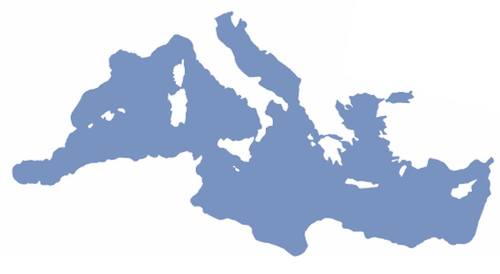Research programme on blue crabs
Two large non-indigenous species of blue crabs (the American blue crab, Callinectes sapidus, and the blue swimming crab, Portunus segnis) have been present in the Mediterranean since at least the first half of the 20th century.
Both these species have a large reproductive capacity and potential to expand their range – and they’re well known for causing problems with traditional fishing gears such as gillnets or trammelnets, where they get entangled and can harm both the catch and the nets themselves. For this reason, their gradual spread across the Mediterranean was initially a cause for concern among both fishers and conservation specialists. However, the blue crabs are large and they’re also good to eat, so fishers began to develop dedicated gear to catch them with, and to find markets to sell them in. Stakeholders now agree that this is the only way to both control their expansion and create new market opportunities for the fishers, where previously the crabs only had negative effects on the sector.
In recent years the populations of both species have significantly increased both in number and in geographical range, and there is a clear need for a common management strategy to deal with them. With this in mind, the GFCM issued Recommendation GFCM/42/2018/7 on the implementation of a regional research programme on blue crab in the Mediterranean Sea, in order to properly evaluate their population status and maintain sustainable fisheries.

ACTIVITIES
The research programme has six specific objectives, each corresponding to as many work packages (WP):
WP 1. Collect as much information as possible on the biological and ecological characteristics of the two species of blue crabs in order to support responsible fisheries management.
WP 2. Collect fisheries independent data to provide valuable additional information on catch composition and on the overall affected faunistic community.
WP 3. Collect fisheries-dependent data on Mediterranean blue crab to provide a foundation for an effective management structure and process.
WP 4. Establish an ad hoc framework for blue crab stock assessment, considering both the habitats of the crabs and the particular characteristics of the fisheries.
WP 5. Understand both the technical/technological and socio-economic aspects of blue crab fisheries.
WP 6. Develop adaptive management measures at local, national and regional levels to keep blue crab populations at low levels.
Learn more about the GFCM's research programmes.

